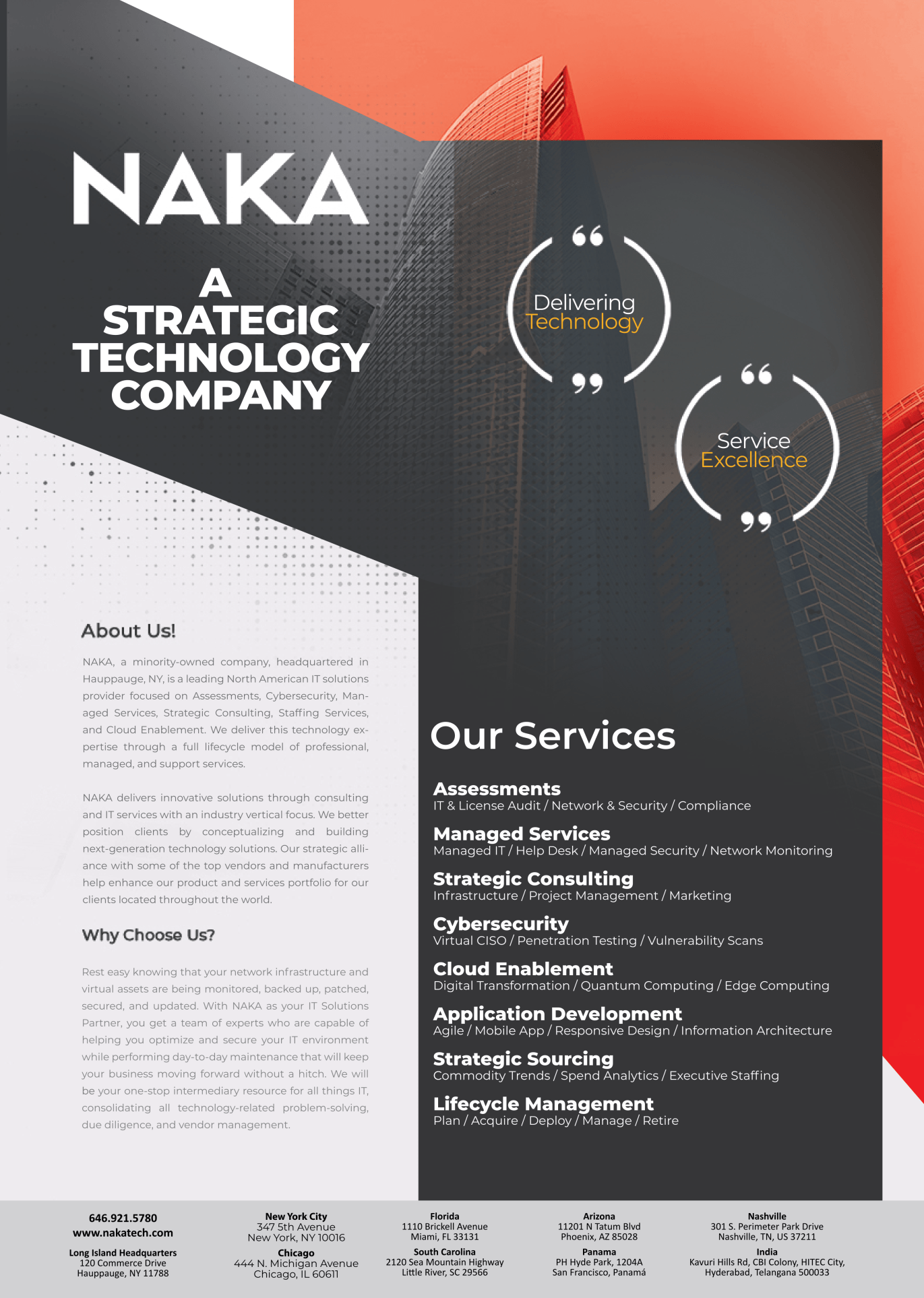Cloud Automation: Enhancing Efficiency and Reducing Manual Tasks

Cloud Automation: Enhancing Efficiency and Reducing Manual Tasks
In the fast-paced world of technology, businesses constantly seek ways to streamline their operations and enhance efficiency. One transformative solution that has gained prominence in recent years is cloud automation. This revolutionary approach to managing IT infrastructure simplifies complex processes and significantly reduces manual tasks, allowing organizations to focus on innovation and growth.
What is Cloud Automation?
Cloud automation involves the use of specialized tools and scripts to automate manual processes and tasks within a cloud computing environment. It spans various aspects of IT operations, including provisioning, configuration, management, and monitoring. By leveraging automation, businesses can achieve consistency, speed, and scalability in their operations.
Key Benefits
There are several advantages to cloud automation, which turns conventional IT operations into simplified, effective procedures. Organizations can reap major benefits by utilizing automation tools and capabilities found in cloud environments.
- Increased Efficiency
Cloud automation eliminates the need for manual intervention in routine tasks, making processes faster and more reliable. Automation in cloud environments allows organizations to perform tasks with precision and speed. For example, the provisioning of virtual servers, configuring network settings, and deploying applications can be automated. This reduces the time it takes to execute these tasks, minimizes the chance of human errors, and ensures consistency across the entire infrastructure. Automation also enables the rapid scaling of resources up or down based on demand. This agility is especially valuable in dynamic environments where the ability to quickly adapt to changes is critical for maintaining operational efficiency.
- Cost Savings
Cloud automation helps organizations optimize their resources, leading to significant cost reductions. Automating repetitive and time-consuming tasks reduces the need for extensive manual labor, resulting in cost savings. Additionally, by optimizing resource utilization, businesses can avoid over-provisioning, which occurs when more resources are allocated than necessary. Automation ensures that resources are allocated based on actual demand, preventing wastage and lowering overall operational costs. Furthermore, streamlining maintenance processes through automation reduces downtime and associated costs, allowing organizations to allocate resources more efficiently toward strategic initiatives.
- Improved Scalability
Cloud automation enables businesses to scale their operations seamlessly in response to changing demands. Automation is a key driver of scalability in cloud environments. As demand for services or applications fluctuates, automation allows organizations to dynamically add or remove resources. For instance, during peak usage periods, additional server instances can be automatically provisioned to handle increased workloads. Conversely, during periods of lower demand, resources can be scaled down to avoid unnecessary costs. The ability to scale efficiently and promptly ensures that businesses can meet customer demands without compromising performance or incurring unnecessary expenses.
- Enhanced Security and Compliance
Cloud automation strengthens security measures and ensures compliance with industry standards. Automating security processes ensures that configurations across the IT infrastructure adhere to standardized security measures. This consistency reduces the risk of vulnerabilities caused by human error or inconsistencies in configuration settings. Automation also plays a critical role in keeping systems up-to-date by applying security patches and updates promptly. Moreover, in industries where compliance with regulatory standards is essential, automation provides audit trails and reporting capabilities. This simplifies demonstrating compliance during audits, ensuring that the organization meets the necessary regulatory requirements.
- Resource Optimization
Cloud automation monitors and optimizes resource usage, maximizing efficiency. Automated systems continually monitor the usage of resources such as CPU, memory, and storage. By analyzing this data, organizations can identify underutilized resources and relocate them to areas of the infrastructure where they are needed most. This process ensures that resources are used efficiently, maximizing performance and minimizing waste. Resource optimization is not only cost-effective but also contributes to a more sustainable IT infrastructure. By avoiding the unnecessary consumption of resources, organizations can reduce their environmental impact and align with sustainability goals.
Implementing Cloud Automation: A Step-by-Step Guide
IT operations may be made much more reliable, scalable, and efficient by putting cloud automation into practice. Here’s a step-by-step manual to assist you in implementing cloud automation in your company:
- Assessment and Planning
Conduct a comprehensive assessment of existing workflows to identify tasks suitable for automation. Prioritize processes based on their impact on efficiency and overall business objectives. Engage key stakeholders in the planning phase to ensure that automation efforts align with organizational goals.
- Tool Selection
Choose automation tools that match the organization’s specific needs and technologies. Consider factors such as ease of integration, scalability, and community support. The right tools will play a crucial role in the success of your automation initiatives, so thorough research and testing are essential during the selection process.
- Scripting and Orchestration
Develop scripts or workflows to automate individual tasks and processes. Orchestrate these scripts to create end-to-end automation workflows that cover the entire IT landscape. The goal is to create a cohesive and streamlined automation process that aligns with the organization’s overall strategy.
- Testing and Validation
Conduct thorough testing of automation workflows in a controlled environment before deploying them in a production setting. Validate the accuracy and reliability of automation processes through rigorous testing scenarios. This step is critical to identifying and addressing any potential issues before they impact operational processes.
- Monitoring and Optimization
Implement monitoring tools to track the performance and efficiency of automated processes. Continuously optimize automation workflows based on real-world usage and changing business requirements. Regular monitoring and optimization are key to ensuring that automation continues to deliver maximum benefits over time and remains aligned with evolving organizational needs.
Conclusion
In conclusion, cloud automation is a transformative force that empowers businesses to enhance efficiency, reduce manual tasks, and stay competitive in today’s digital landscape. By embracing automation, organizations can unlock new levels of scalability, cost savings, and security, ultimately paving the way for innovation and growth.
As businesses continue to navigate the complexities of a rapidly evolving technological landscape, cloud automation stands out as a fundamental tool for achieving operational excellence and staying ahead in the digital race. It’s not just a matter of convenience; it’s a strategic imperative for businesses looking to thrive in the era of cloud computing.



